HYDROfogg combines „dry fog“ technology and experience in disinfection processes to deliver an inovative solution exceptionally effective in eliminating air patogens that pose as threat to all of us.
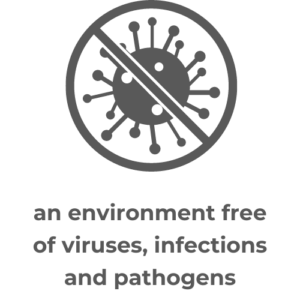


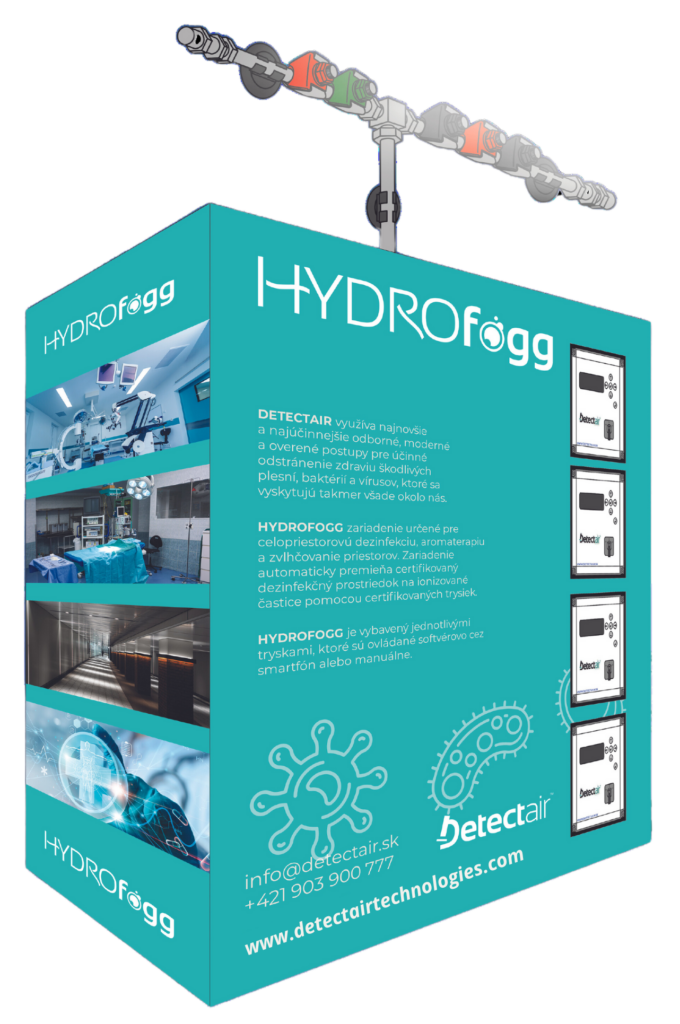
HYDROfogg® by Detectair Technologies
„HYDROfogg® is a certified technological device which, is
recommended by hygienic and medical experts as an effective
method for major reduction of air pathogens, reaching even levels of sterile environment and thus creating proper hygienic-epidemiologic requirements for indoor areas. HYDROfogg is capable of not only
creating sterile environment but what is the most important,
keeping it sterile on daily bases ensuring permanent protection.“
Sectoral use
Thanks to its advanced technology, HYDROfogg® contributes to creating safer, cleaner and healthier environments without compromise, in a variety of fields, with a wide range of focus areas. This advanced solution offers significant potential not only in healthcare, but also in various industries where it is important to maintain high standards of cleanliness and safety.
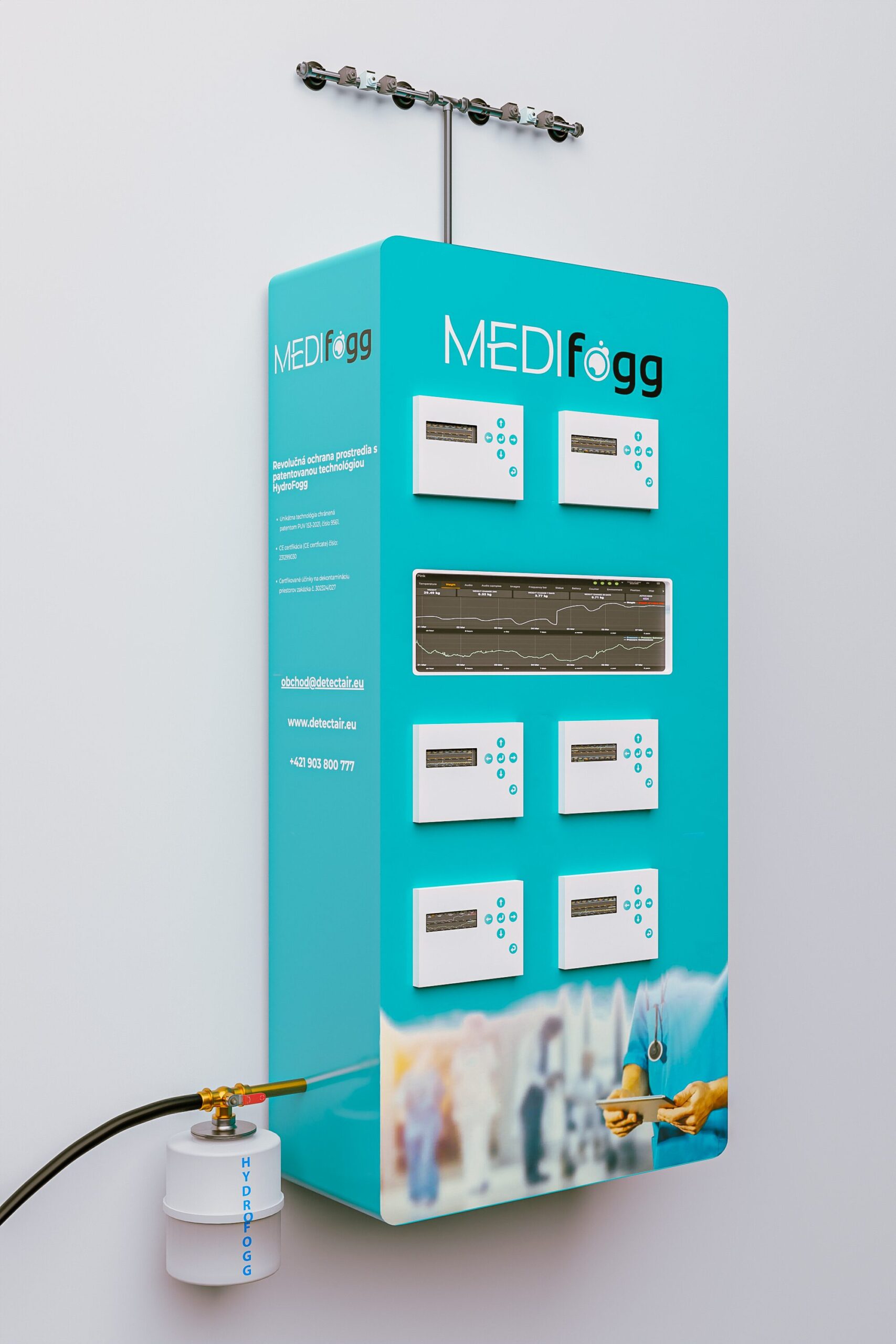
HYDROFOGG® FROM DETECTAIR TECHNOLOGIES AND ITS APPLICATION IN HEALTHCARE
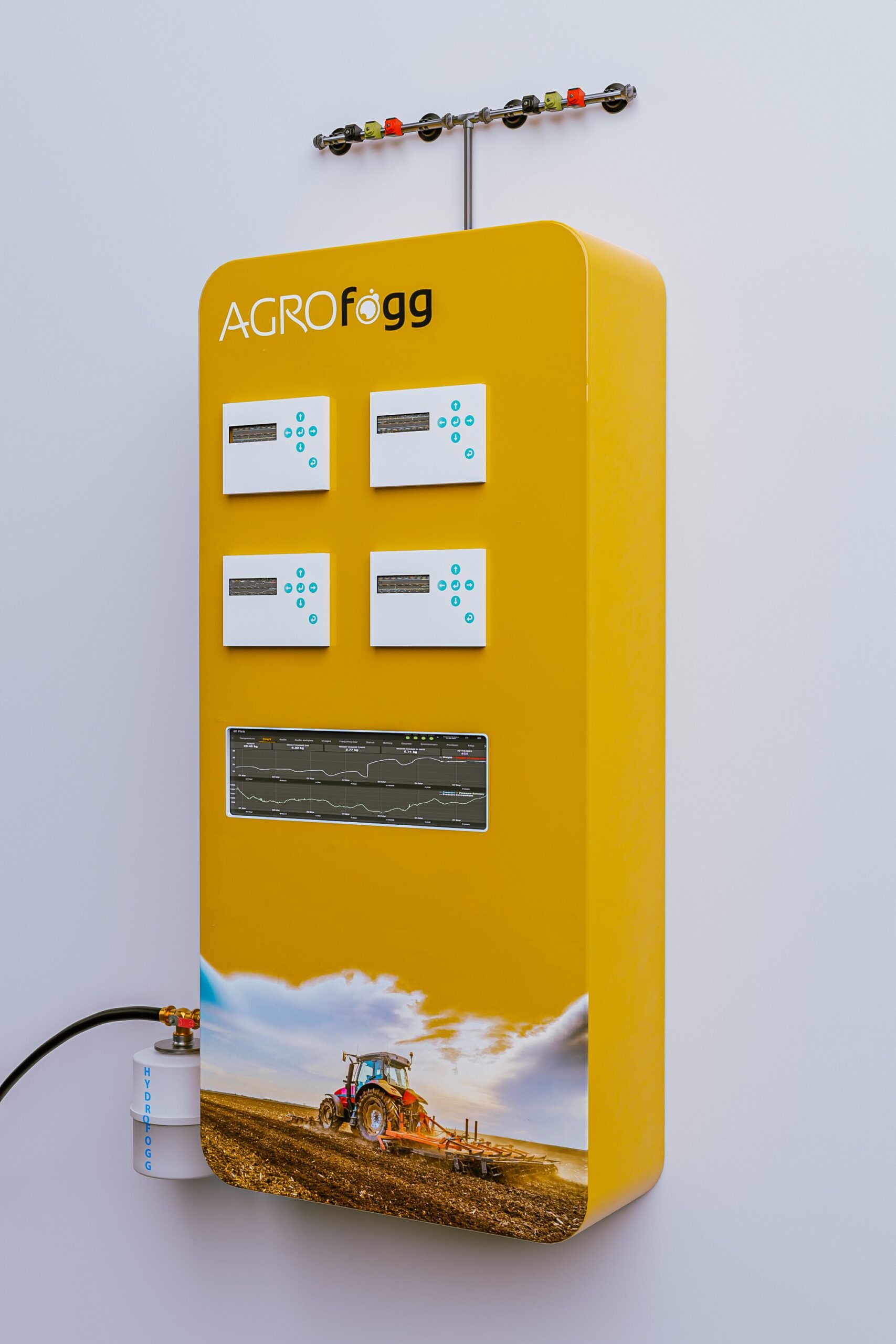
DISINFECTION ENVIRONMENT IN POULTRY HOUSES
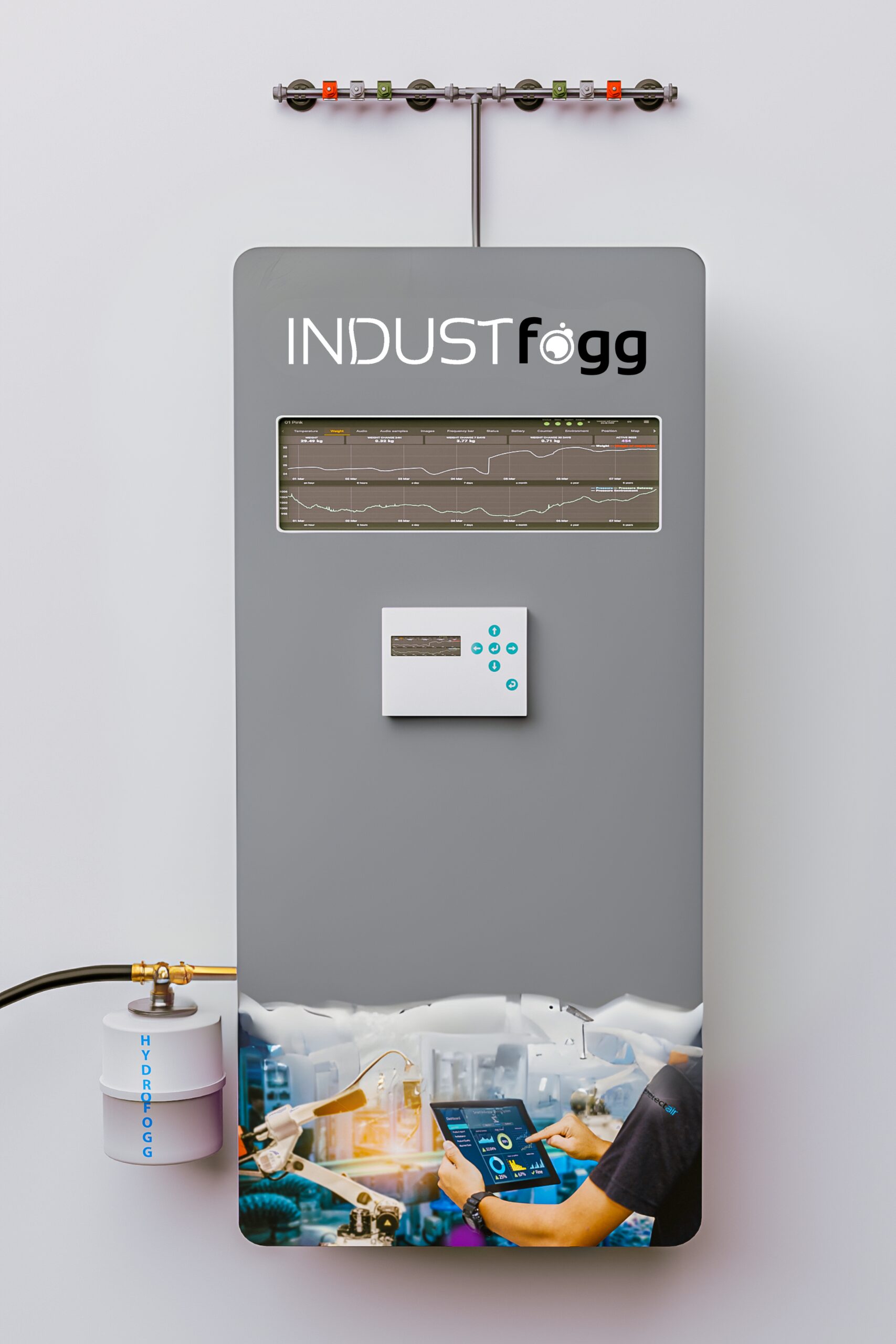
BUILT-IN HUMIDIFICATION SYSTEM BASED ON THE "SMART" PRINCIPLE DRY MIST FOR THE AUTOMOTIVE AND ELECTRICAL INDUSTRIES
Our satisfied customers






Revolutionary environmental protection with patented HYDROfogg® technology
- Unique technology protected by patent PUV 153-2021, number 9561.
- CE certficate number: 231299030
- Certfied effects for decontamination of premises order no. 302324/027
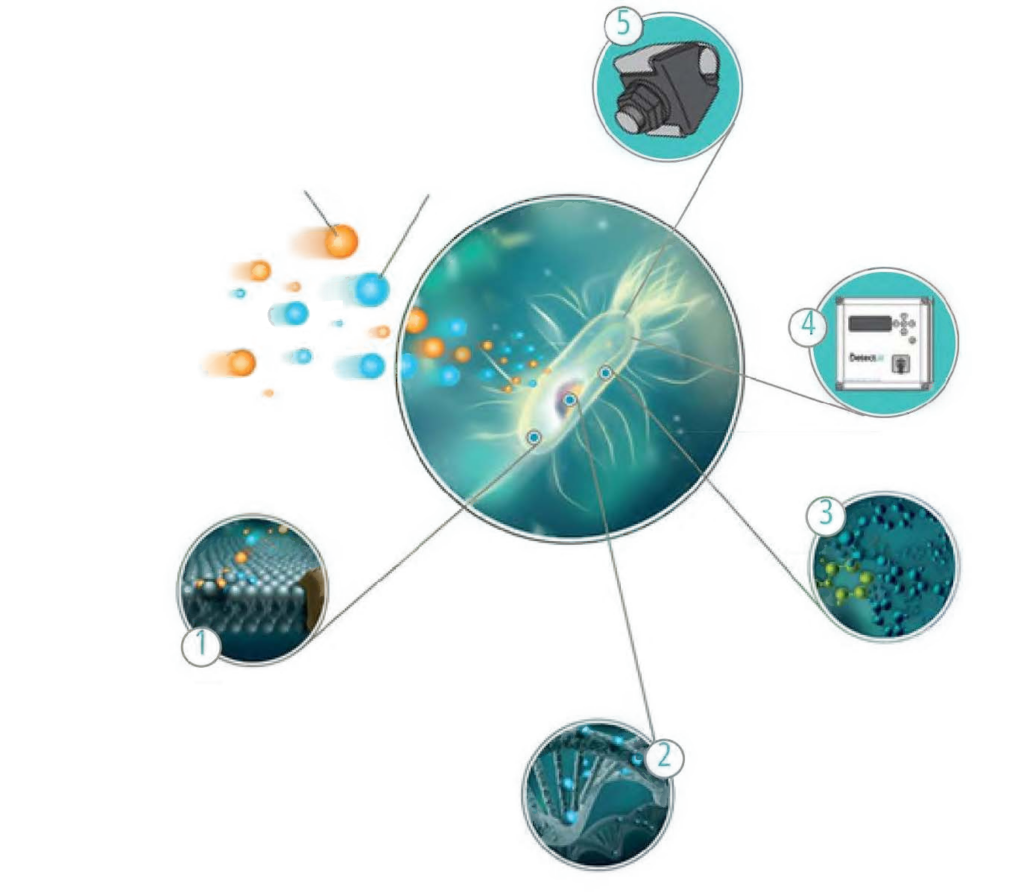
FAQ:
COVID-19
Hepatitis B
Hepatitis C surrogate (BVDV)
Herpes simplex type 1
HIV-1
Influenza A virus
Influenza A, H5N1 Influenza A, H5, H7 and H9
Newcastle Disease virus
Orthopoxvirus vaccinia
Papovavirus SV-40
Paramyxo virus
Poliovirus 1 Pseudorabies virus
Trophozoite protozoa inl. Amoebae
Vaccina virus
V. parahaemolytis
The active ingredient Sanosil S010 is a highly effective, universal liquid disinfectant with a long-lasting effect. For a long-lasting clean environment it is important to repeat the cleaning process to prevent recontamination. It is important to discuss the interval with our expert staff who will advise and recommend the method and interval according to the type of space and purpose of use.
Acinetobacter iwoffii
Aeromonas salmonicida
Agrobacterium radiobacter
Anthrax ( Bacillus anthracis )
Bacillus cereus Bacillus licheniformis
Bacillus mesenterious
Bacillus subtilis
Bacillus sp. marine
Bacteria cinerea
Bacteria erwinia Burkholderia cepacia
Camphylobacter jejuni
Colera ( V. cholerae)
Chryseomonas luteola
Clostridium novyi Clostridium perfringens
Clostridium sporogenes
Coagulase +ve staphylococci
Comomonas acidovorans Enterobacter aerogenes
Enterococcus feacium
Enterococcus faecalis
Enterococcus hirae
Erwinia carotovora
Eschericia coli Flagellata apochromatica
Flavobacter / Cytophaga
Flavobacterium indologenes
Galionella sp.
Klebsiella oxytoca Klebsiella pneumoniae
Lactobacillus brevis
Lactobacillus lindneri
Lactobacillus plantarum
Lactobacillus sp. Lactobacillus wild type
Legionella pneumophila
Leuconostoc mesenteroides
Listeria monocytogenes Micrococcus luteus Micrococii pyogenes aureus
Micrococcus roseus
Micrococcus candidus
Mycobacterium spez.
Neumaniella sp. Naeglaria fowleri
Neisseria meningitidis
Ochrobactrum anthorpi
Pasteurella
Pedicoccus damnosus
Pedicoccus sp. Pestis ( Y. pestis)
Proteus mirabilis
Proteus vulgaris
Pseudomonas aeruginosa
Pseudomonas alcaligenes Pseudomonas chlororaphis
Pseudomonas fluorescens
Pseudomonas spec.
Pseudomonas syringae pv. Tomato Ralstonia picketti
Salmonella enteritidis
Salmonella paratyphi
Salmonella sp.
Salmonella typhimurium
Salmonella typhi Salmonella typhosa
Sarcina lutea
Staphylococcus agalactiae
Staphylococcus albus
Staphylococcus aureus Staphylococcus feacium
Staphylococcus marcescens
Stephanodiscus hantzschii
Streptococcus faecalis
Sreptococcus lactis Streptococcus pyogenes
Tuberculosis ( Mycobacterium Ttuberculosis, resistant strain H37 Rv ) Tuberculosis ( Mycobacterium tuberculosis, wild-type strain )
Xanthomonas campestris
Zooglea sp.
Absida corymbifera
Alternaria alternata
Aspergillus niger
Aspergillus niger spores
Aspergillus fumigatus
Botrycis cinerea
Candida albicans
Cladosporium cladosporoides
Epicoccum Helminthosporium
Chroomonas norstedtii
Fusarium
Fusarium spp.
Microsporum gypseum
Mucor Penicillium
Penicillium digitatum Penicillium roqueforti Penicillium verrucosum
Pichia membranaefaciens
Rhizopus Sacharomyces cervisiae
Sacharomyces uvarum
Sacharomyces cereivisia var. uvarum ssp. carlsbergensis
Stemphylium Trichophyton mentagrophytes
Elimination of harmful microorganisms is the most important part in the fight against microorganisms. In order for the removal to be effective, state-of-the-art means must be used. Generally antifungal agents with active chlorine, aldehydes, alcohols, ammonium compounds, organic acids or peroxy compounds are used. The antifungal disinfectant must be selected according to the type of material affected, the extent of the affection and the environment from which the moulds are being eradicated.
Disinfection, however, only means the temporary removal of mould.Permanent mould eradication is only possible once the primary cause of the mould has been identified and eliminated. Therefore, the most important protection against mould is effective prevention, which consists in ensuring the air permeability of living spaces (avoiding the so-called plastic bag syndrome), ensuring sufficient airflow (regular active ventilation, especially in kitchens, bathrooms, cellars, pantries, laundries), ensuring effective
exhaust equipment (especially in the kitchen and bathroom) or the use of preventive anti-fungal agents.
However, fresh air and sunshine remain the best mould killers. The optimum temperature in an apartment or house is 19-21°C, 18°C in the bedroom, the optimum humidity should be between 45-55% and should never exceed 60%. Different methods can be used to eradicate mould: mechanical – removing mould from the surface by wet scraping to prevent spores spreading into the air; physical – irradiating the affected surface with UV, gamma or microwave radiation; biological – applying a suitable counter-culture to the affected surface; however, the problem with this method is the lack of control of the counter-culture applied; the surface of the material may be disturbed as the counter-cultures also produce organic acids; and the application of chemical products in the form of coatings, sprays and dipping.
Mould infestation of wood manifests itself in a similar way to wall infestation: multi-coloured stains and a characteristic musty smell.of the affected surface.
